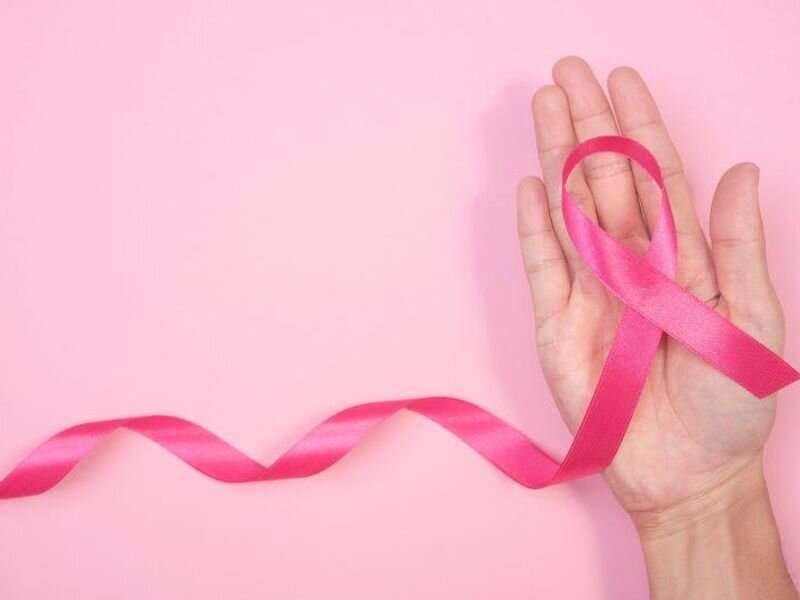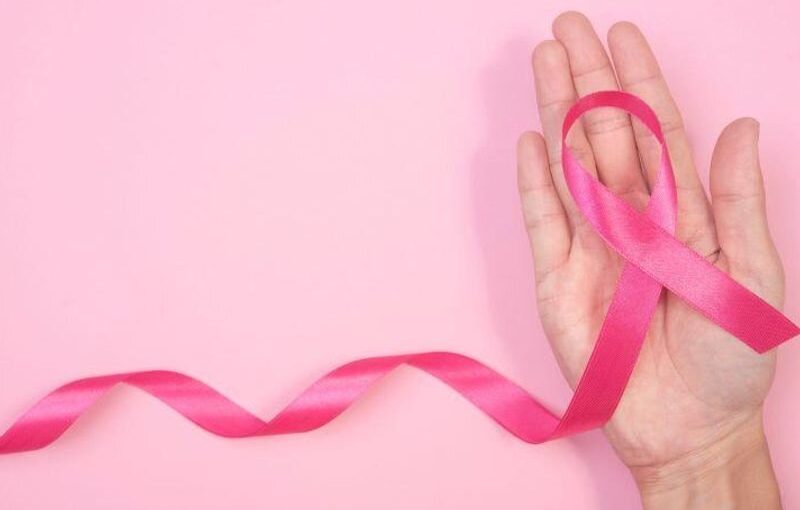
For childhood cancer survivors, the rates of invasive breast cancer have decreased over time, according to a study published online Oct. 13 in JAMA Oncology.
Tara O. Henderson, M.D., M.P.H., from the University of Chicago Comer Children’s Hospital, and colleagues quantified the association between temporal changes in cancer treatment over three decades with subsequent breast cancer risk in a retrospective cohort study of cancer survivors diagnosed when younger than 21 years between 1970 and 1999.
Data were included for 11,550 female survivors, of whom 489 developed 583 breast cancers: 427 invasive and 156 ductal carcinoma in situ. The researchers found that by age 45 years, the cumulative incidence was 8.1 percent. An increased risk of breast cancer was seen for survivors compared with the matched general population (standardized incidence ratio, 6.6). Changes in therapy included reduced rates of chest radiotherapy (34, 22, and 17 percent in the 1970s, 1980s, and 1990s, respectively) and pelvic radiotherapy (26, 17, and 13 percent, respectively), and increased rates of exposure to anthracycline chemotherapy (30, 51, and 64 percent, respectively). The invasive breast cancer rate decreased 18 percent every five years of primary cancer diagnosis era when adjusting for age and age at diagnosis (rate ratio, 0.82). The decrease was attenuated, but remained significant, after accounting for chest radiotherapy exposure (rate ratio, 0.89). The decline increased slightly when additionally adjusted for anthracycline dose and pelvic radiotherapy (rate ratio, 0.86).
“The findings of this cohort study demonstrate that invasive breast cancer risk in childhood cancer survivors decreased with time in response to adapted radiotherapy approaches, though this reduction was tempered by concurrent modification of chemotherapy approaches,” the authors write.
Source: Read Full Article
